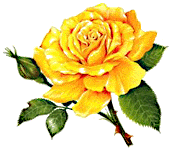
Autumn Joy sedum is one of my favorite plants because it is so easy to grow and propagate. It is also extremely drought tolerant is is a wonderful food source for honey bees.

Autumn Joy sedum flower heads are really made up of hundreds of tiny flowers, tightly clustered together on thick stems.

This photos is from the last snow in February 2008. Left to dry overwinter, the stems and flower heads not only provide architectural elements to the garden, but they keep providing food for insects and early orchard mason bees.





















